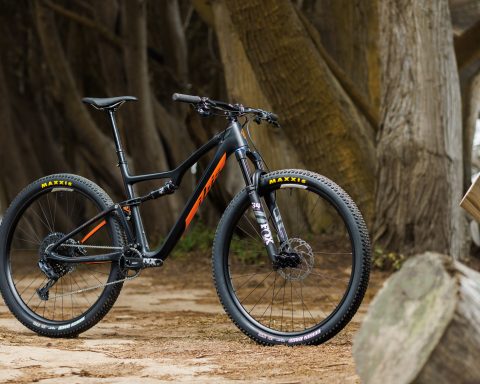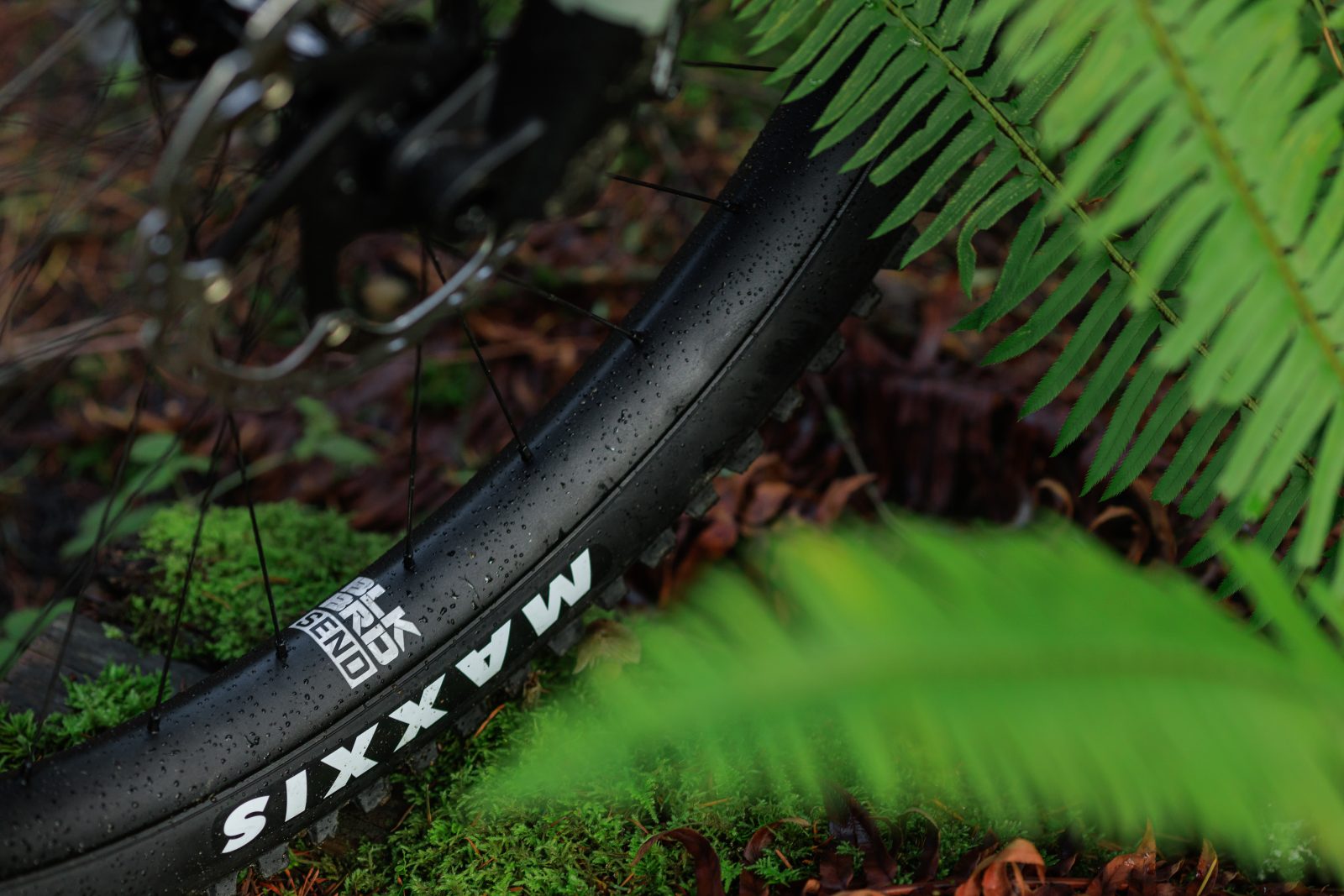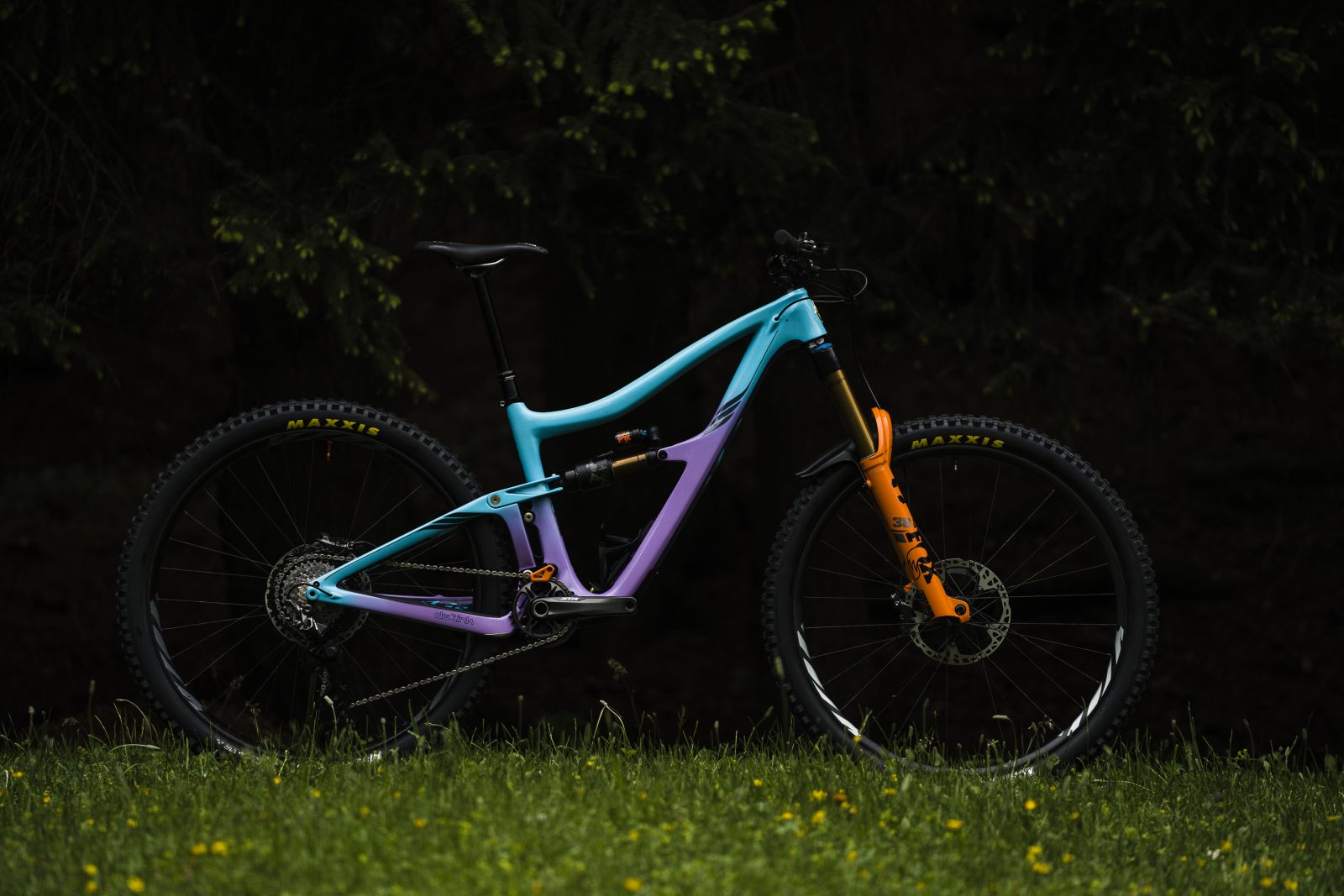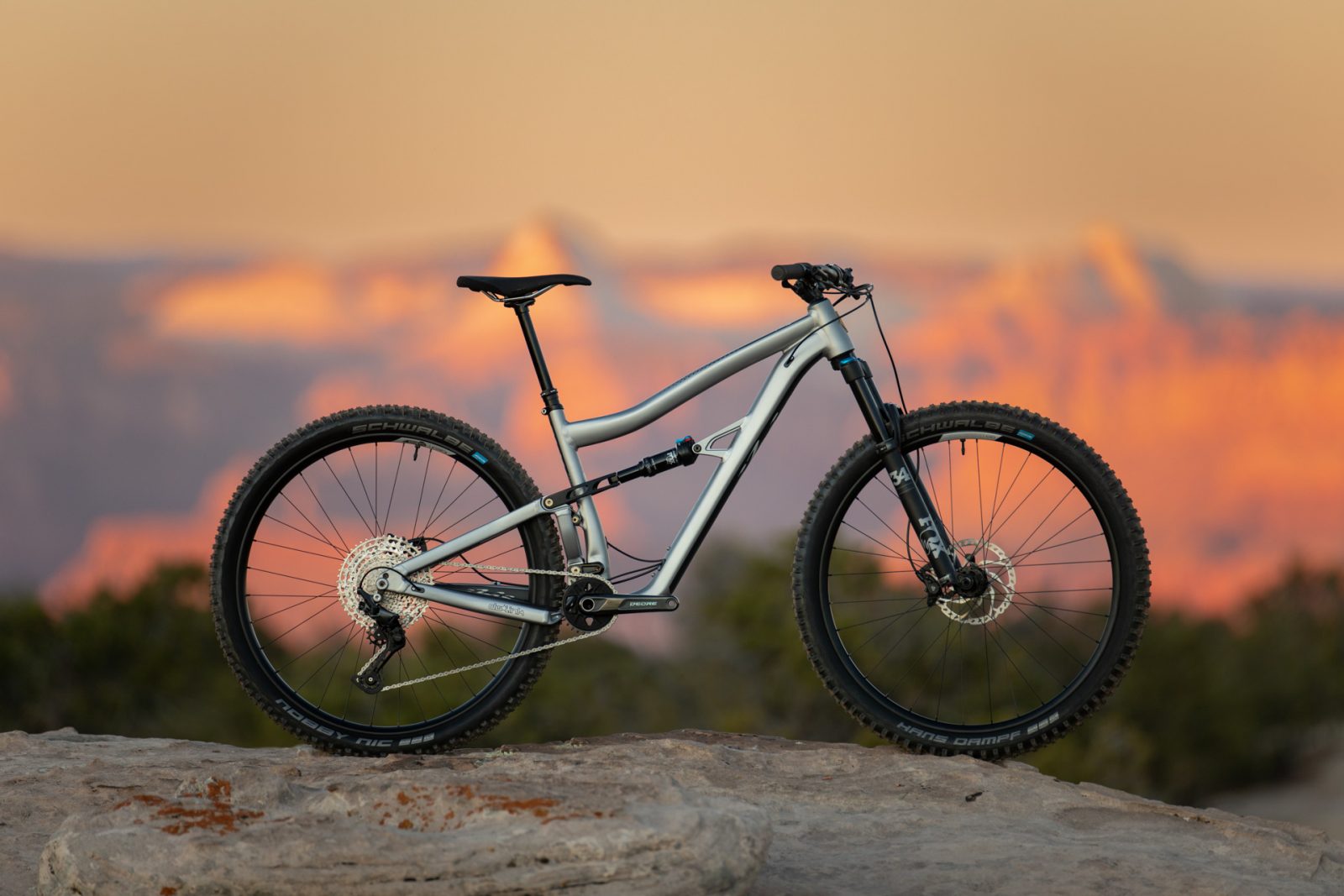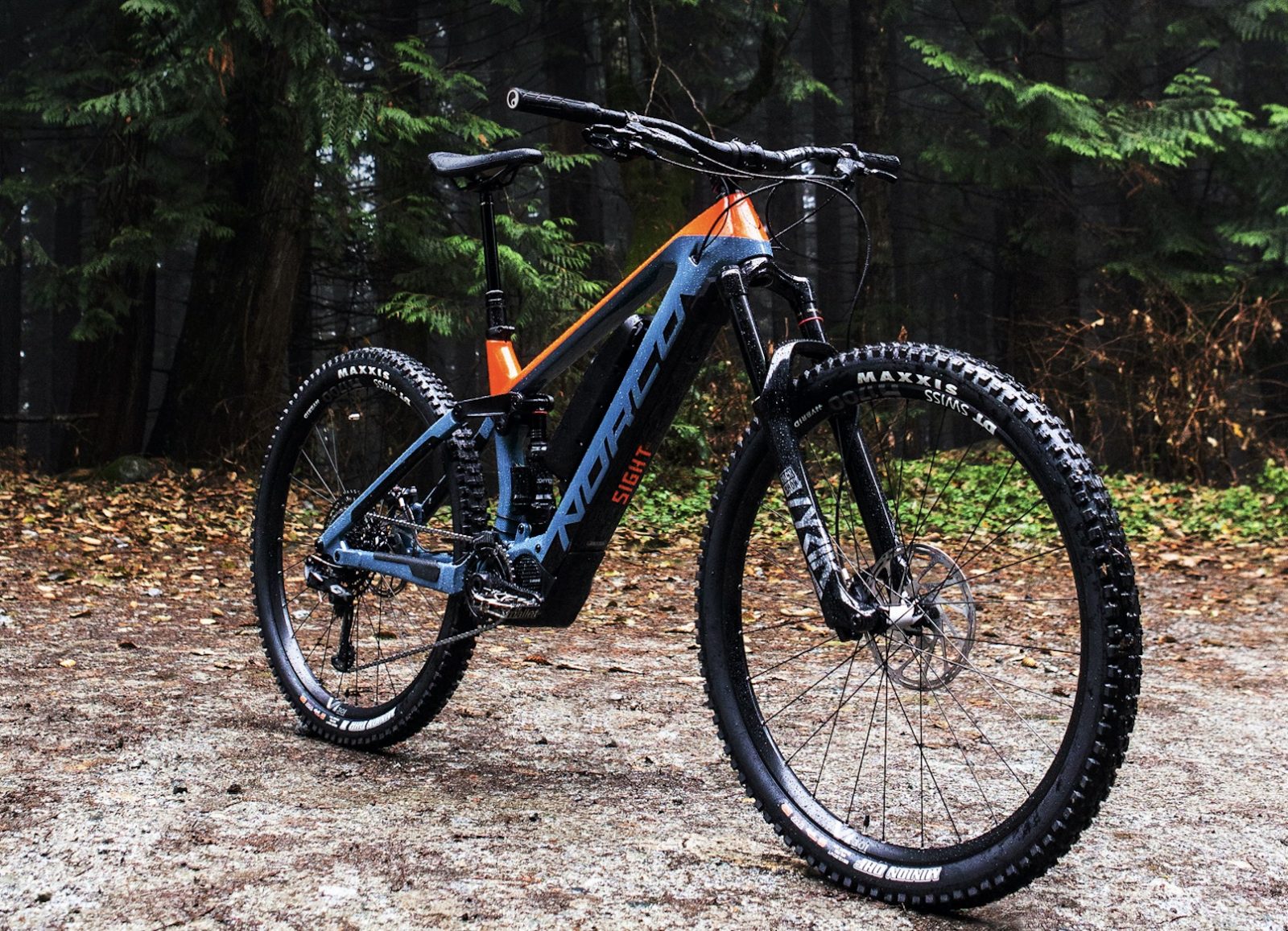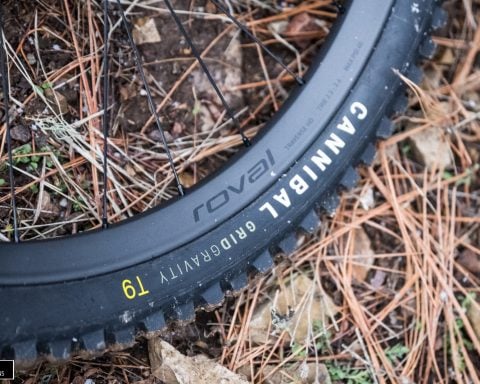We were lucky enough to hop aboard the newest iteration of the Ripmo prior to its launch. This bike follows in the footsteps of the Ripmo AF, but in carbon form rather than alloy. The new bike’s rear suspension is notably more progressive than its predecessor – the original Ripmo. It also has a 1º slacker head tube angle and the reach grows by a few millimeters, depending on size. We rode the Shimano XT groupset build, which comes in at $ 5,899 USD. Details, and a video of our first ride on the bike can be found below.
Details
- 29 “Wheels
- 160mm front travel
- 147mm dw-link rear travel
- 2.6 “tire clearance
- Carbon front and rear triangle
- Available in four sizes S-XL
- Frame weight of 6.3 lbs / 2.86 kg w / DPX2, 6.74 lbs / 3.09 kg w / X2
- Complete builds start at $ 4,099
- Frame only (w / DPX2 shock) starts at $ 2,999
- Seven year Frame Warranty
- Available in ‘Zap Blue’ & ‘Star Destroyer Gray’
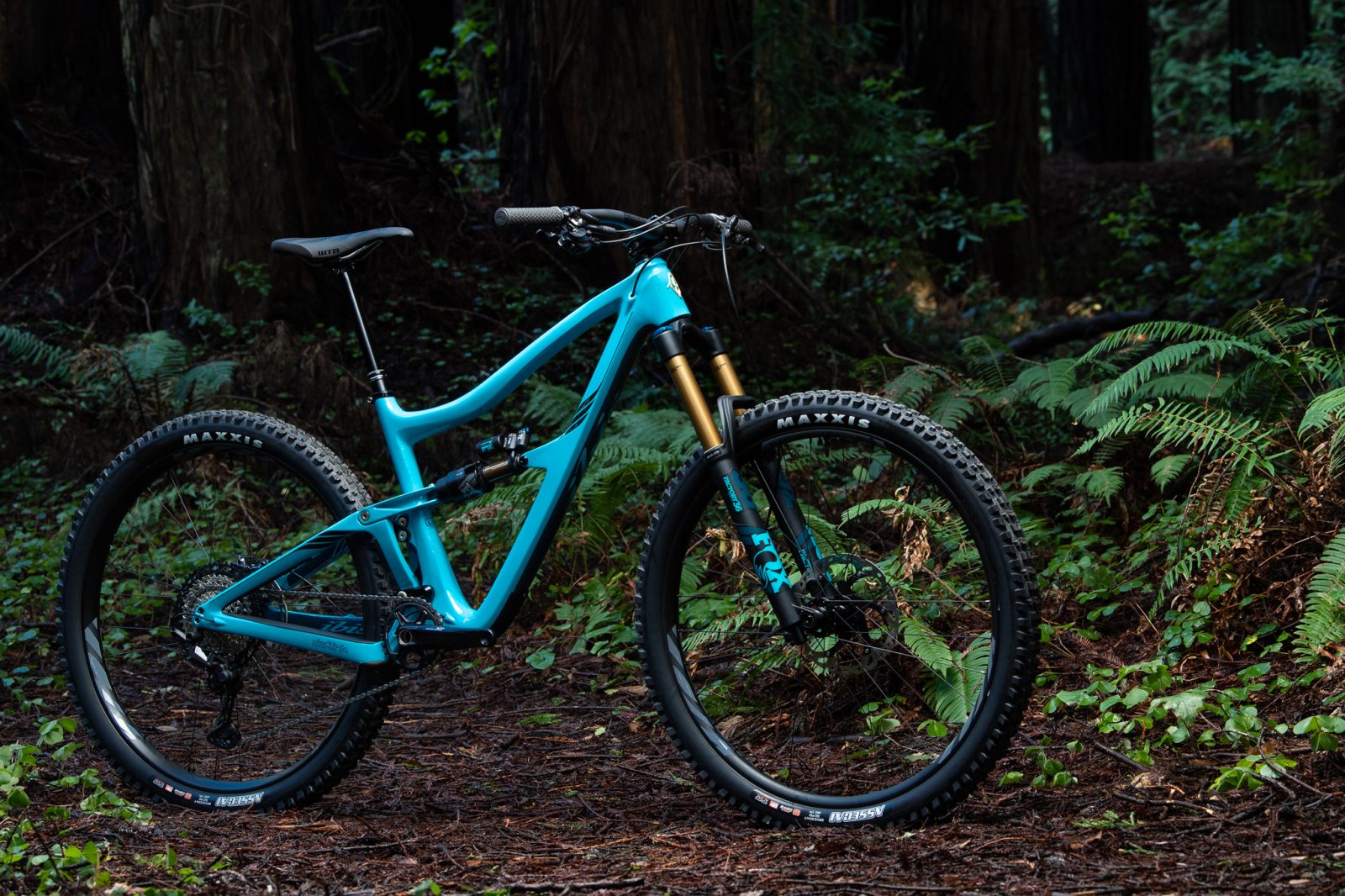
The XT build comes with a ‘Performance’ series 160mm Fox Float 36, but can be upgraded to ‘Factory’ for $ 489. The fork is a reliable and bomb-proof choice for keeping things under control up front.

Similar to the front end, the XT build we rode bike comes with a ‘Performance’ Float DPX2, but also can be upgraded to a ‘Factory’ X2 shock for an extra $ 270, which is how we rode it. Also tucked away in the above photo is a rubber link protector, aimed to help keep out dirt and grime. Noteworthy, is the fact that there is plenty of space for a full size bottle.

The trustworthy dw-link suspension platform proved to make the new Ripmo an surprisingly efficient climber, and a capable descender. The lower link uses IGUS bushings (Lifetime Warranty), while the upper link rolls on bearings.
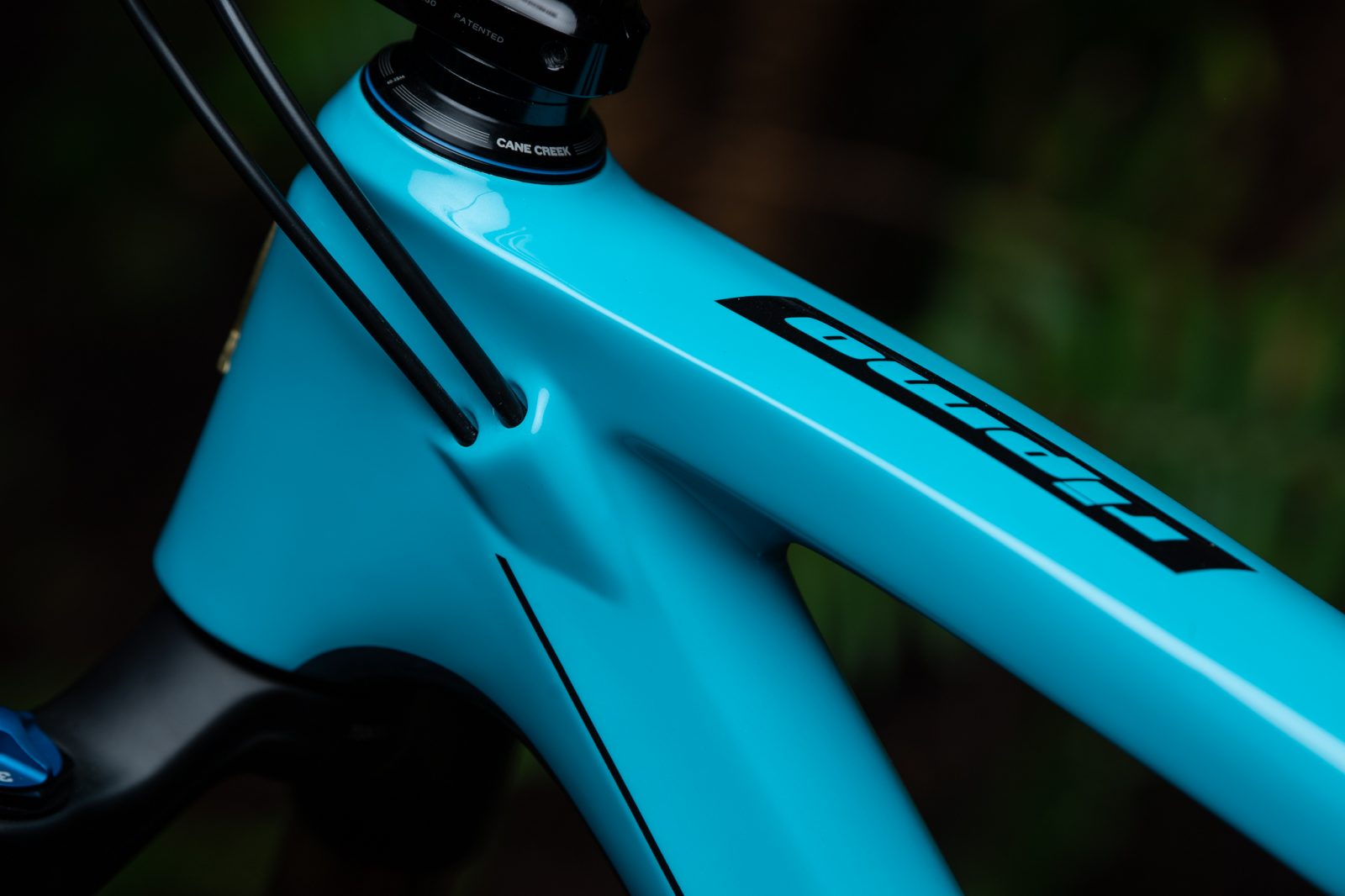
The clean internal routing uses in-frame molded cable tunnels for easy installation.

A rather wide 2.6 “tire will clear no problem.

Clean lines, top notch carbon, integrated frame protection, and glossy smooth paint. Designed right where we got to spend some time riding it – in Santa Cruz, California.
Geometry

One whole degree slacker than the previous iteration, the Ripmo V2 feels comfortable in the steeps with a 64.9 ° head angle and generous reach numbers. The 77 ° seat angle keeps the rider in an extremely efficient pedaling position, making climbing a dream. The 460mm reach on the size medium we rode felt just right, leaving a perfect length between rider and cockpit (Our tester is 5’10 “). At 435mm across all sizes, the chainstays are fairly short for a 29er, making the bike feel plenty nimble and lively.
On the Trail

Perhaps the most apparent feeling while first riding the new Ripmo is its sense of ease. What we mean by that, is that oftentimes a new bike takes a while to get accustomed to, and the Ripmo did not. Right away we felt at home on the bike, and after getting the brake pads worn in, and its cockpit setup, we hit all the local trails with the same confidence as we would have on a personal build.

The slacker head angle, combined with 160mm of travel in the front of the bike, gives you plenty of confidence, both in steep terrain, and when the trail gets rough. We found the bike to be quite a capable descender, particularly after conquering some new chutes we’d never ridden before. All too often confidence on the descents can come at a cost of being a lively all arounder. This wasn’t the case with the new Ripmo, which was super light on its feet and easy to throw around even when trails were a bit more tame.

During our first session on the Ripmo, we had an eye-opening experience. After landing a fairly large jump, we were able to pedal back up for another run, and burn very little energy doing so. The feather light frame (6.25 lbs. W / DPX2), carbon bits like wheels (Upgrade cost $ 800-Ibis, $ 1300-i9) and handlebars, plus the 77 ° seat angle make the bike a very effective climber. Climbing aside, the Ripmo was surprisingly comfortable in the air, and its refined suspension path ensures plenty of ramp-up at the end of the stroke for harsh landings.

Overall
Though the Ripmo’s 147mm of rear suspension isn’t in the ‘long travel’ category per se, the bike feels like it can handle more than some of the heftier (travel) 29 ″ bikes we have ridden recently. The build quality of the weight conscious frame, and spot on geometry numbers make it a jack of all trades. If you are someone who loves long days in the saddle and grueling climbs, but still want to get plenty wild on the way down, the Ripmo V2 is certainly a worthy contender.
More at: Ibis

